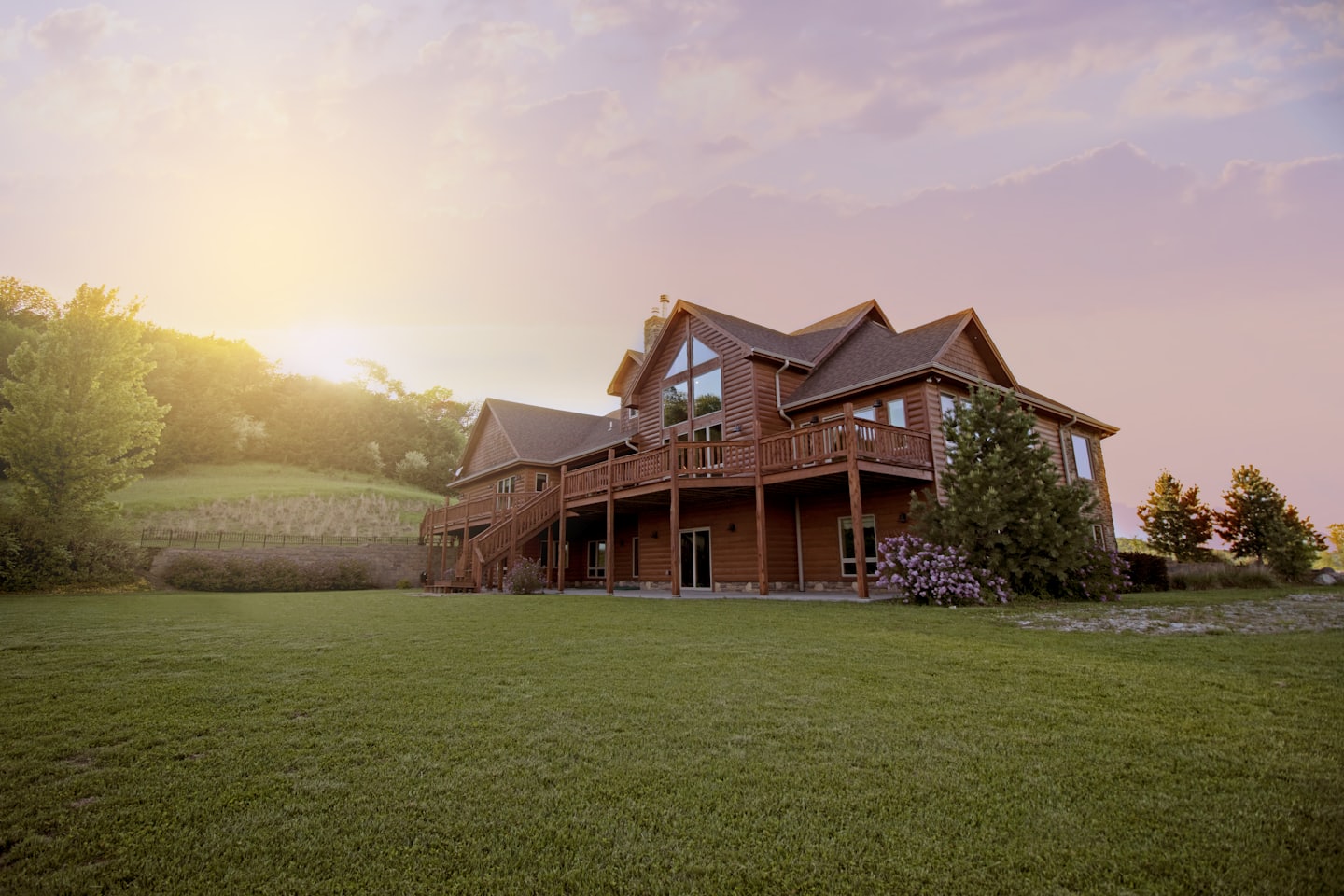Outdoor Space Regional Focus
Designing Outdoor Spaces for Regional Climates
When designing a custom home, your location isn’t just a setting—it’s a defining element of your lifestyle, architecture, and especially your outdoor space. From the sun-drenched deserts of Arizona to the salt-kissed coasts of California and the rugged slopes of Colorado, each region offers unique challenges and opportunities for landscaping.
Landscaping with your local environment in mind isn’t just smart—it’s essential. It affects everything from the health of your plants to your long-term maintenance costs, water usage, and even resale value. Whether you’re working with a sandy shoreline or a rocky hillside, embracing your regional climate helps you create an outdoor space that looks natural, feels comfortable, and thrives for years to come.
Here’s a breakdown of how to approach outdoor design and landscaping for three major U.S. regions: desert, coastal, and mountain environments.

🌵🌵🌵🌵🌵🌵🌵🌵🌵🌵🌵🌵🌵🌵
Desert Landscaping: Beauty in the Arid
Desert landscapes are known for their raw, sun-drenched beauty—towering cacti, sculptural rocks, and wide-open skies. But building a sustainable and comfortable outdoor space in the desert takes strategy.
Key Characteristics:
- High temperatures, especially in summer
- Low humidity and rainfall
- Intense sun exposure
- Water scarcity
Design Tips:
- Embrace Native Plants: Choose drought-tolerant species like agave, ocotillo, red yucca, and desert marigolds. Native plants not only require less water but also attract local wildlife and pollinators.
- Use Hardscaping Strategically: Gravel, decomposed granite, and flagstone are popular for paths and patios. Avoid dark surfaces that absorb too much heat.
- Shade is Everything: Install pergolas, shade sails, or covered patios to create usable space during hot afternoons. Integrate shade trees like mesquite or palo verde for a natural canopy.
- Water Wisely: Use drip irrigation systems for targeted watering and consider incorporating a rainwater harvesting system for sustainable use.
- Cool It Down: Incorporate cooling elements like water features, misting systems, or reflective surfaces to reduce the heat island effect.
Bonus Aesthetic Tip: Use desert-inspired tones like terracotta, sand, and sun-bleached wood to complement your surroundings. Sculptural elements like boulders and dry creek beds can double as visual focal points and functional erosion control.
🌊🌊🌊🌊🌊🌊🌊🌊🌊🌊🌊🌊🌊🌊
Coastal Landscaping: Living with Salt and Wind
Coastal homes have some of the most stunning views in the world, but they also face serious exposure to the elements. Salt, wind, sandy soil, and humidity can be tough on plants and structures—but with smart planning, coastal yards can be both resilient and relaxing.
Key Characteristics:
- High salt content in air and soil
- Strong, often salty winds
- Sandy or loose soil
- High humidity and rainfall (depending on region)
- Possible flooding or erosion risks
Design Tips:
- Salt-Tolerant Plants: Look for species like beach grass, sea lavender, rosemary, and hibiscus. Coastal natives are used to tough conditions and require less intervention.
- Wind-Blocking Hedges: Use dense plantings or windbreaks (like hardy shrubs or slatted fences) to shield more delicate areas from strong breezes.
- Erosion Control: On sloped lots, use retaining walls, groundcovers, or deep-rooted plants to stabilize the soil and reduce runoff.
- Materials Matter: Choose weather-resistant materials like composite decking, stainless steel hardware, and pressure-treated wood to avoid rust, rot, and corrosion.
- Elevated Design: If your area is a flood-prone area, consider raised decks, stone terraces, or structures built above grade.
Bonus Aesthetic Tip: Capture the essence of coastal living with nautical accents, driftwood-inspired furniture, whitewashed surfaces, and native dune grasses for a breezy, natural vibe.
⛰️⛰️⛰️⛰️⛰️⛰️⛰️⛰️⛰️⛰️⛰️⛰️⛰️⛰️
Mountain Landscaping: Taming the Terrain
Mountain custom homes offer unmatched natural beauty and privacy, often nestled among pine trees, granite outcrops, and sweeping views. But elevation, slope, and weather extremes make landscaping more complex.
Key Characteristics:
- Cold winters and short growing seasons
- Sloped or rocky terrain
- Risk of wildfires in some regions
- Water drainage and erosion challenges
Design Tips:
- Native & Cold-Hardy Plants: Look for alpine and mountain natives like aspen, columbine, lupine, and juniper. These thrive in high-altitude climates with little fuss.
- Work with the Slope: Terraced gardens, retaining walls, and natural stone steps can help make steep yards accessible and reduce erosion.
- Protect Against Wildfires: In fire-prone zones, follow defensible space guidelines—keep a buffer between the home and flammable vegetation, and choose fire-resistant plants like sedum, lilac, or manzanita.
- Drainage is Key: Use swales, French drains, or dry creek beds to direct runoff and prevent flooding or slope destabilization.
- Cozy Outdoor Living: Create sheltered outdoor areas like covered decks or patios with fire pits and windbreaks. Use locally sourced stone or wood for a natural, rustic look.
Bonus Aesthetic Tip: Mountain landscapes are all about blending in. Stick to organic materials and earth tones, and design outdoor areas to feel like extensions of the surrounding forest or mountainside.
Universal Tips for Regional Landscaping Success
Regardless of where your custom home is located, there are a few universally smart strategies:
- Indoor-Outdoor Flow: No matter your climate, a seamless transition between indoor and outdoor living spaces makes your home feel larger, more functional, and more luxurious.
- Plan Early: Work with a landscape architect as early as possible in your home design process. The earlier your yard is planned, the better it can integrate with your house—and save money long-term.
- Permitting & Codes: Some regions have specific zoning laws for grading, water use, or native species. Coastal zones often have strict erosion and drainage rules; fire zones may have defensible space requirements.
- Long-Term Maintenance: Design with your lifestyle in mind. Choose materials and plants that match how much time and effort you want to invest.
- Sustainability: Native plants, efficient irrigation, and thoughtful material use help reduce your ecological impact—and often your utility bills.
